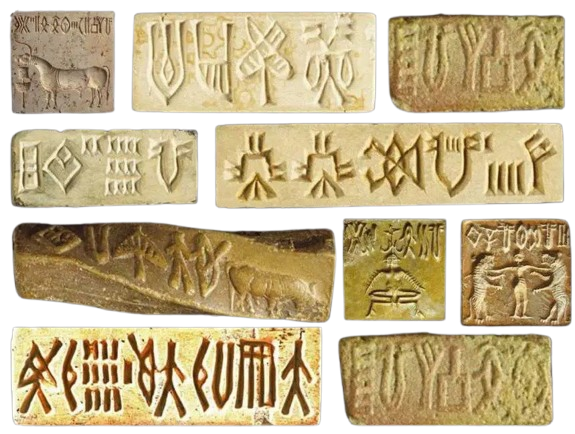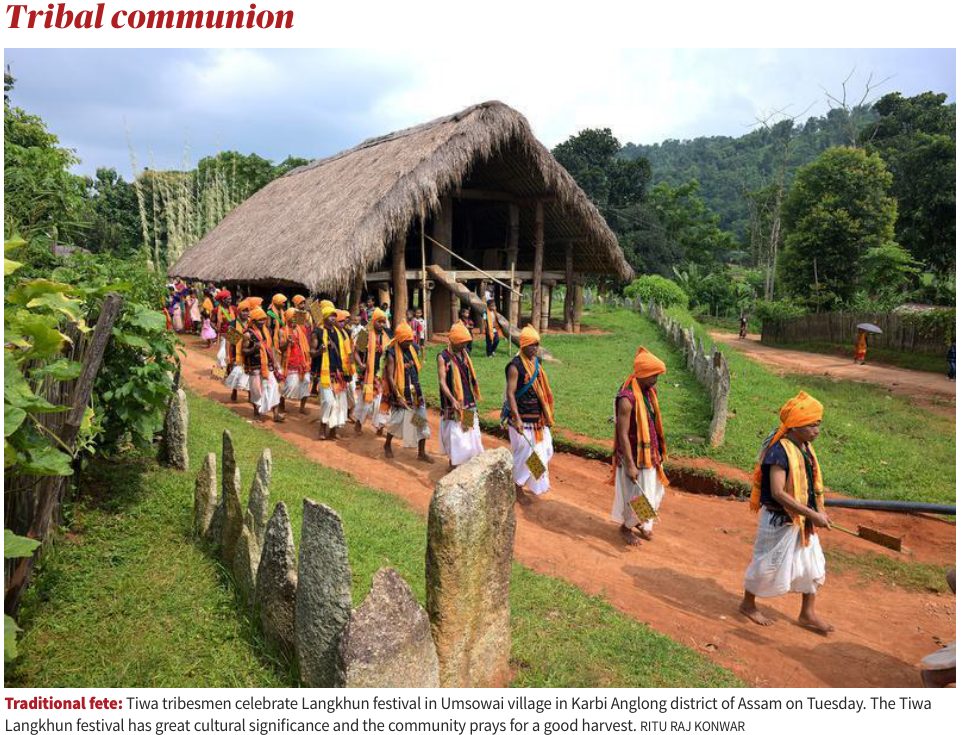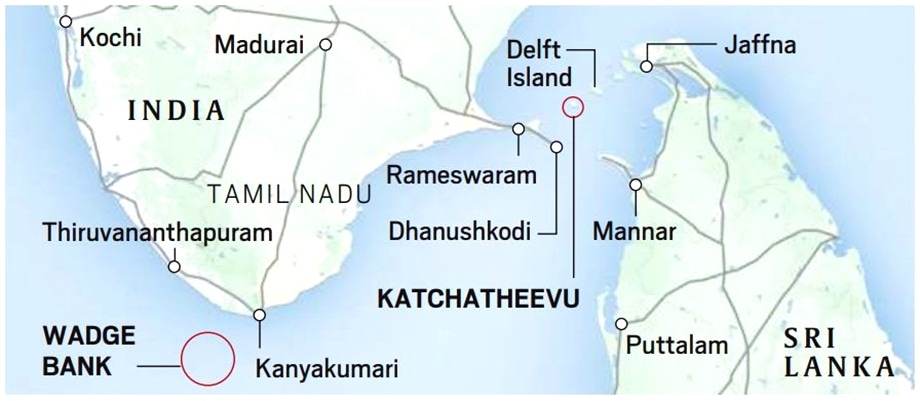Introduction
The right to vote is one of the most fundamental expressions of citizenship in a democracy. However, procedural rigidity in electoral roll revisions often results in the exclusion of genuine electors. Recently, the Supreme Court intervened decisively in Bihar’s Special Intensive Revision (SIR) exercise, directing the inclusion of Aadhaar as one of the 12 valid documents for voter verification. With over 65 lakh voters already struck off from Bihar’s draft rolls, this judgment is a crucial corrective step ensuring that the processes of democracy do not become instruments of exclusion.
Significance of the Supreme Court’s Decision
- Judicial clarity: The Supreme Court dismantled the ECI’s argument that Aadhaar is proof of residency, not citizenship, by highlighting that most other accepted documents (e.g., ration card, driving license) also do not conclusively establish citizenship.
- Preventing mass exclusion: With nearly 90% of Bihar’s population holding Aadhaar versus only 2% holding passports, excluding Aadhaar would have disenfranchised a vast number of eligible voters, especially the poor and marginalised.
- Correcting anomalies: The Hindu’s statistical analysis of the exclusion revealed disproportionate impacts and that women were removed in large numbers, death rates appeared statistically improbable, and questionable “permanent shifts” particularly affected migrants and married women.
Implications of the Judgment for Voter Inclusivity
- Lifeline for excluded electors: Over 65 lakh voters struck off the draft rolls now have a viable route back through Aadhaar verification.
- Support for existing electors: Even those already on the rolls needing document verification benefit from Aadhaar’s inclusion.
- Validation of civil society concerns: The Court’s order vindicates activists and political groups who warned that excluding Aadhaar contradicted earlier judicial guidance and created practical hurdles.
Challenges Exposed in the Election Commission’s Process
- Questionable reasoning: The ECI insisted Aadhaar was inadmissible, despite its wide acceptance in governance systems.
- Haste over accuracy: The rushed SIR process compromised diligence, undermining the credibility of voter rolls.
- Patterns of exclusion: Disproportionate impact on marginalised groups like migrant workers and married women reveals systemic flaws.
National Precedent Established by the Ruling
- Uniform standards: This ruling is not limited to Bihar but extends to future electoral revisions across India.
- Balance between accuracy and inclusivity: It forces the ECI to reorient its approach towards humane, diligent verification.
- Strengthening democracy: Electoral rolls form the foundation of free and fair elections; inclusivity ensures democratic legitimacy.
Future Expectations from the Election Commission of India
- House-to-house verification: A more thorough, grassroots-level approach to ensure accuracy.
- Inclusive procedures: Processes must prevent the disenfranchisement of genuine voters, especially the vulnerable.
- Aligning with practical realities: Aadhaar, as the most widely held identity document, should be part of India’s democratic processes.
Way Forward
- Strengthening Verification Mechanisms
-
- Conduct comprehensive house-to-house verification to avoid wrongful deletions.
- Use technology-enabled checks (biometric authentication with Aadhaar, but with strong safeguards for privacy).
- Ensuring Inclusivity
-
- Simplify documentation requirements for vulnerable groups (migrants, women, senior citizens).
- Provide doorstep assistance for voter registration in rural and marginalised areas.
- Institutional Strengthening of ECI
-
- Enhance independence, transparency, and accountability of the Election Commission.
- Establish an independent audit mechanism to regularly review voter roll revisions.
- Legal and Policy Reforms
-
- Consider amendments to the Representation of People Act to clarify permissible use of Aadhaar and protect against misuse.
- Align electoral processes with Supreme Court jurisprudence on Aadhaar to balance convenience with rights.
- Public Awareness and Participation
-
- Encourage civil society participation in monitoring electoral rolls.
- Launch mass awareness campaigns to educate voters on their rights and available documentation.
- Long-Term Electoral Reform Agenda
-
- Explore remote voting mechanisms for migrant workers.
- Move towards integrated digital electoral rolls across states for consistency.
- Institutionalise regular, transparent consultations between ECI, political parties, and judiciary.
Conclusion
The Supreme Court’s directive to include Aadhaar in voter verification is more than a legal clarification; it is a democratic safeguard. By preventing procedural exclusion and ensuring accessibility, the judgment reaffirms India’s commitment to universal suffrage. For the ECI, the challenge now lies in balancing diligence with inclusivity, creating an electoral roll that truly reflects India’s diverse citizenry.
Value Addition |
Constitutional & Legal Dimensions:
Case Laws:
Committees & Reports:
Democratic Governance & Inclusivity:
Comparative Insight:
Ethical Perspective (GS 4 angle)
|
PYQ Relevance
[UPSC 2017] To enhance the quality of democracy in India the Election Commission of India has proposed electoral reforms in 2016. What are the suggested reforms and how far are they significant to make democracy successful?
Linkage: The Supreme Court’s directive on including Aadhaar as a valid voter verification document directly relates to the broader debate on electoral reforms. Just as the ECI’s 2016 reform proposals sought to strengthen inclusivity and transparency, this judgment ensures that procedural rigidity does not erode democratic participation. Both highlight the evolving role of the ECI in balancing accuracy, accessibility, and fairness in India’s electoral process.
Get an IAS/IPS ranker as your 1: 1 personal mentor for UPSC 2024




